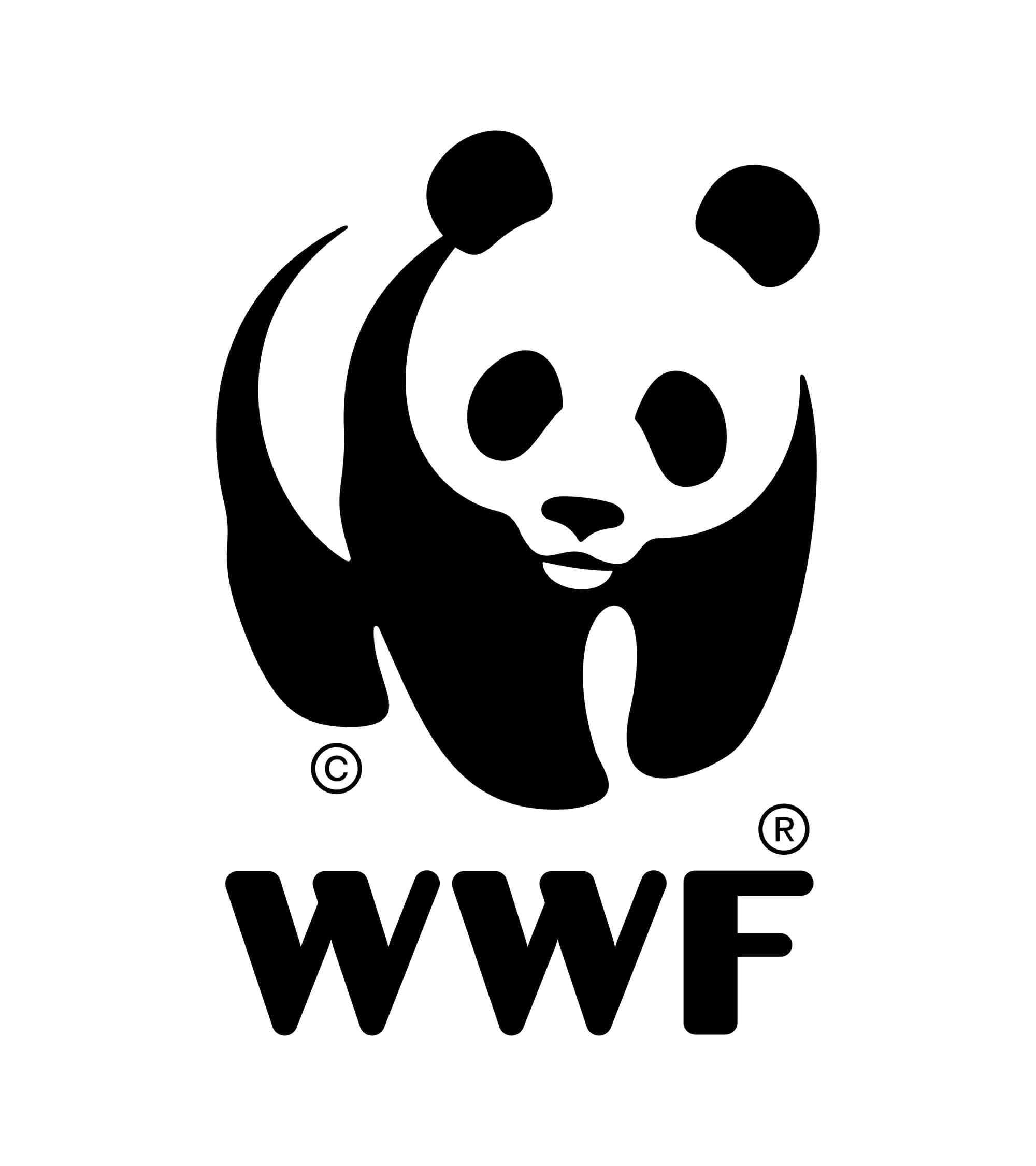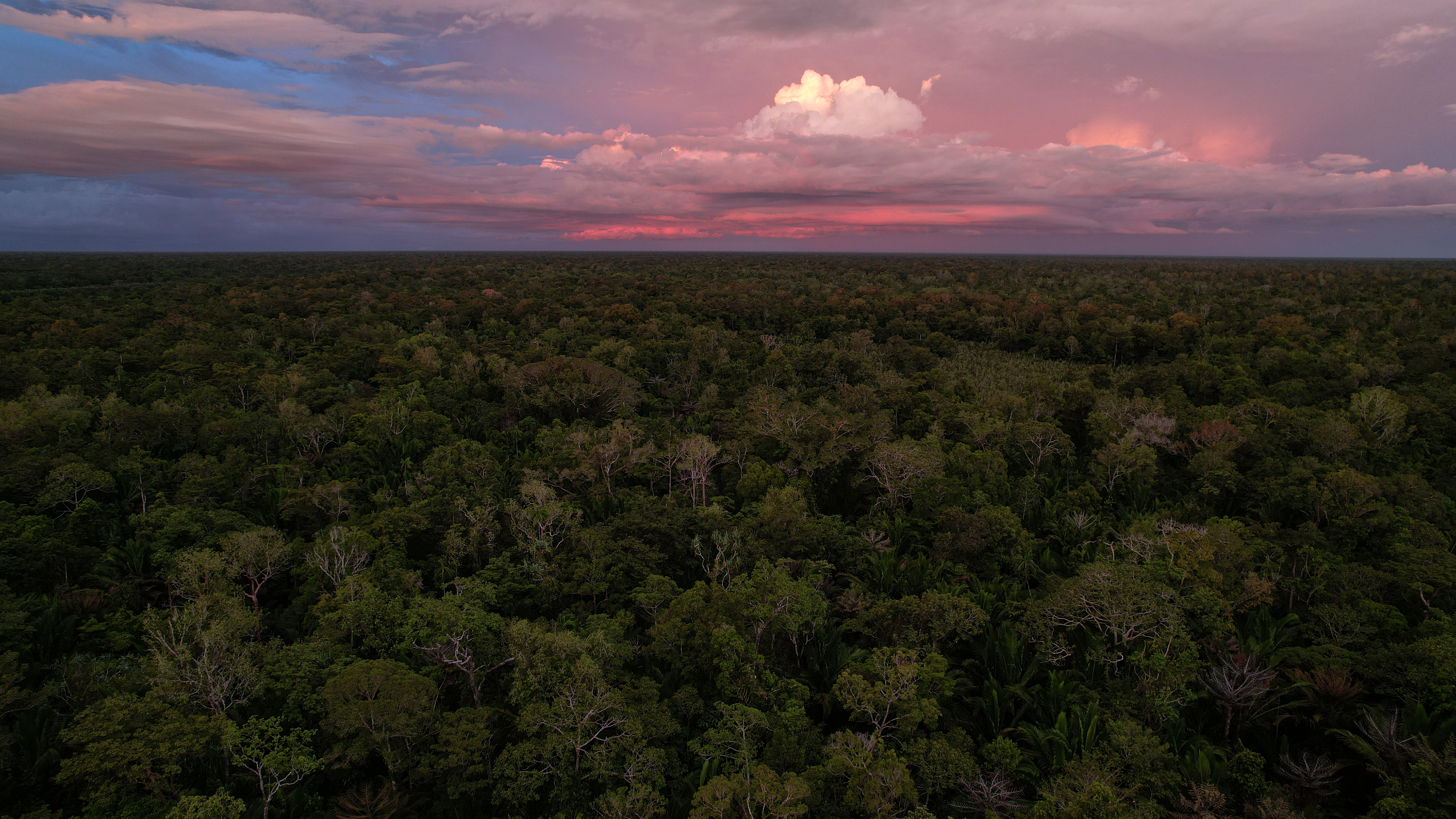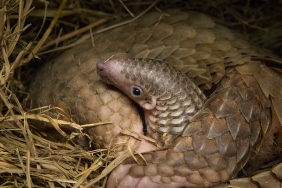LAUNCHING GUIDELINES FOR SUSTAINABLE GEOTHERMAL UTILIZATION IN FOREST AREAS
Jakarta (12/12) - To encourage the utilization of geothermal energy, a sustainability guide is needed in its utilization, especially in forest areas. Today WWF-Indonesia launched the book 'Ecosystem Sustainability Guidelines for Geothermal Utilization'at JW Hotel. Marriott Hotel, Mega Kuningan. This guidebook was formulated by considering the typology of forest ecosystems with a baseline approach to ecosystem health so that it can be applied to various forest conditions.
Electricity provision in Indonesia relies on generation using fossil fuels. In 2012, based on PLN data, 89% of Indonesia's 200,317.57 GWh of electricity production came from burning petroleum and coal. This dependency will not only put subsidy pressure on the state budget but also contribute to greenhouse gas (GHG) emissions. Given this situation, the utilization of renewable energy is imperative. Indonesia is a country with the largest geothermal energy potential in the world. Indonesia has only utilized 1341 MW of the total 32,901 MW for electricity until 2012.
Data from the Ministry of Forestry (2012) indicates that about 70% of Indonesia's geothermal energy potential is associated with forest areas. Some of this potential is in protected and conservation forest areas. Current laws and regulations governing the forestry (Law No. 41/1999) and geothermal (Law No. 27/2007) sectors do not allow geothermal development within conservation forests.
Budi Wardhana, WWF Indonesia's Director of Policy, Sustainability and Transformation, said "We formulated this guideline to become a reference for efforts to develop and utilize geothermal in forest areas in order to preserve the ecosystem. WWF hopes that more electricity from geothermal energy will be managed by taking into account the important values of conservation and social interests of the community."
The WWF guidelines explain the principles, criteria and indicators that cover aspects of the sustainability of geothermal production, the stability of forest area functions, the sustainability of the ecological functions of forest ecosystems and the sustainability of the socio-economic and cultural functions of forest ecosystems.
The ecological function of the forest ecosystem in this guide is seen from the biological characteristics of the ecosystem, such as the presence of important fauna and flora species (endemic, rare and endangered), and physical characteristics, such as land cover, rain intensity, and land physiography (landform, slope, altitude).
Rida Mulyana, Director General of New and Renewable Energy and Energy Conservation of the Ministry of Energy and Mineral Resources, said "The Ministry of Energy and Mineral Resources welcomes this WWF initiative. The preservation of forest ecosystems is in principle an important factor to support the sustainability of the geothermal business"". He further emphasized, ""As a policy maker, the Ministry of Energy and Mineral Resources needs to accelerate and realize sustainable geothermal development by integrating environmental considerations into geothermal regulations."
The application of the principles, criteria and indicators in this WWF guide in the development and utilization of geothermal energy is expected to assist geothermal developers in identifying potential impacts in each stage, avoiding activities that interfere with the function of the area and forest management objectives and strengthening efforts to protect forest areas.
For more information, please contact:
Indra Sari Wardhani, Ring of Fire Coordinator, WWF-Indonesia
Email: iwardhani@wwf.or.id, Hp: +62 811 1847095
Note to Editor:
High-resolution photos of the geothermal utilization guidebook launch event, can be downloaded via the link http://bit.ly/rofbook, and can be used with copyright copyright © WWF-Indonesia





